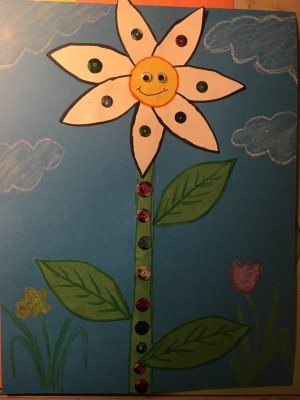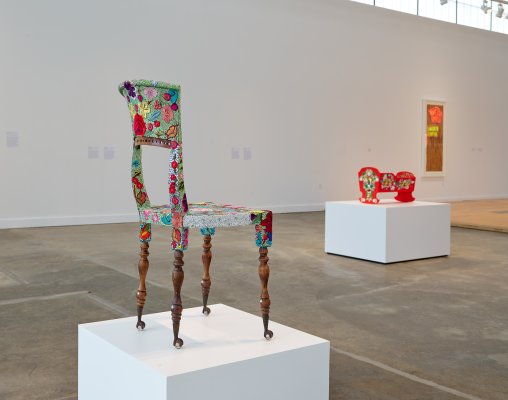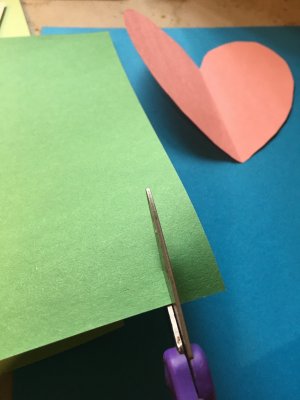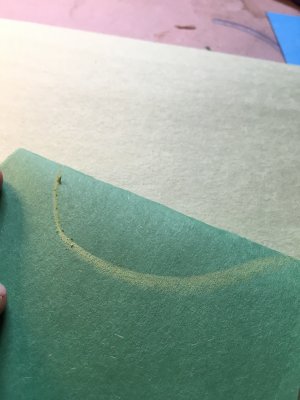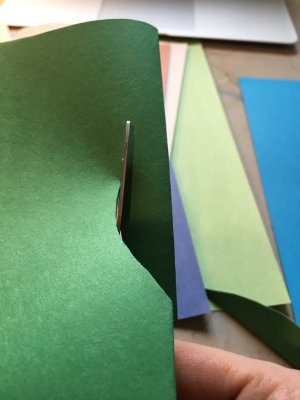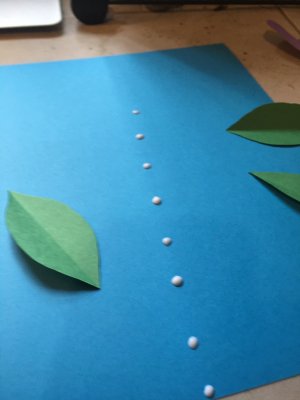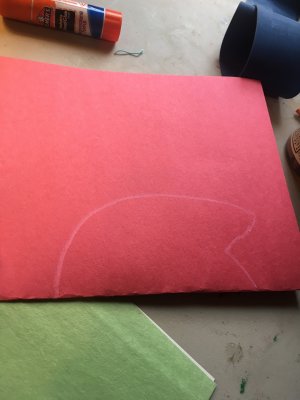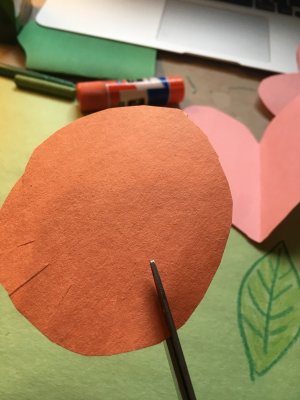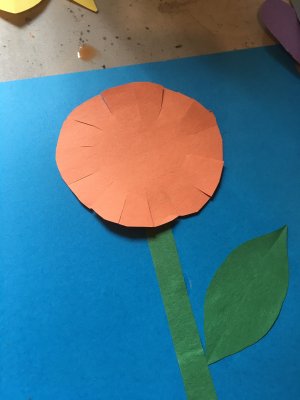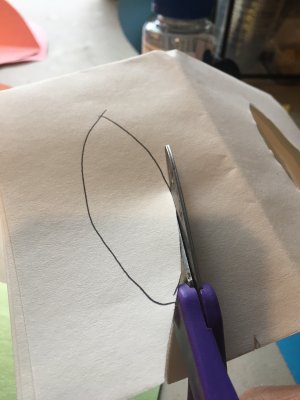About the Artist
Esperanza Cortés was born in 1957 in Colombia and lives in New York City. She is a multidisciplinary artist, which means she works in many different kinds of art, including Afro-Latin dancing. Sadly, however, she was in a bus accident in 2014 and couldn’t continue dancing, but still has a thriving career as a visual artist. In La Cordobésa, seen above, Cortés adorns an antique chair with glass beads, as well as pieces of embroidered fabric that actually come from dresses and shawls she wore as a dancer! These floral embroideries and glass beads are used in her work Cradle as well, where they become symbols of both protection and the natural world. The name “Esperanza” means “hope” in Spanish, and through her work, Esperanza Cortés aims to share a sense of hope.
Esperanza Cortés nació en 1957 en Colombia y vive en New York City. Es una artista multidisciplinaria, lo que significa que trabaja en diferentes tipos de arte, includio el baile afrolatino. Lamentablement, sin embargo, tuvo un accidente de autobús en 2014 y no pudo seguir bailando, pero aún tiene una próspera carrera de artista visual. En La Cordobésa, vista arriba, Cortés adorna una silla antigua con cuentas de vidrio, ¡así como piezas de tela bordada que en realidad provienen de vestidos y chales que usaba como bailarina! Estos bordados florales y cuentas de vidrio también se utilizan en su trabajo Cradle, donde se convierten en símbolos tanto de protección como del mundo natural. El nombre “Esperanza” significa “esperanza” en español y, a través de su trabajo, Esperanza Cortés busca compartir un sentido de esperanza.
Getting Started
- How does this artwork make you think of dance and movement?
- If you were to make a drawing of someone being protected, what would it look like?
- How can you combine something old with something new?
Empezando
- ¿Cómo te hace pensar esta obra de arte en la danza y el movimiento?
- Si hicieras un dibujo de alguien protegido, ¿cómo se vería?
- ¿Cómo puedes combinar algo viejo con algo nuevo?
Materials
- Construction paper
- Markers, colored pencils, or crayons
- Scissors
- Glue
- Optional: Sequins, beads, glitter, googly eyes, pom-poms, stickers, or other craft materials
Materiales
- Papel de construcción
- Marcadores, lápices de colores, o crayones
- Tijeras • Pegamento
- Opcional: lentejuelas, abalorio, purpurina, ojos saltones, pompones, pegatinas, u otros materiales para manualidades
Artmaking Activity
1. Decide which color of construction paper you want to use for your background and set it aside. Then cut out the stem and leaves for your flower.
Draw the stem on a piece of green paper along the shorter edge, then cut.
Actividad
1. Decide qué color de papel de construcción quieres usar para tu fondo. Cómo cortar el tallo y las hojas.
Dibuje el tallo en una hoja de papel verde de la "manera corta" y luego corte
